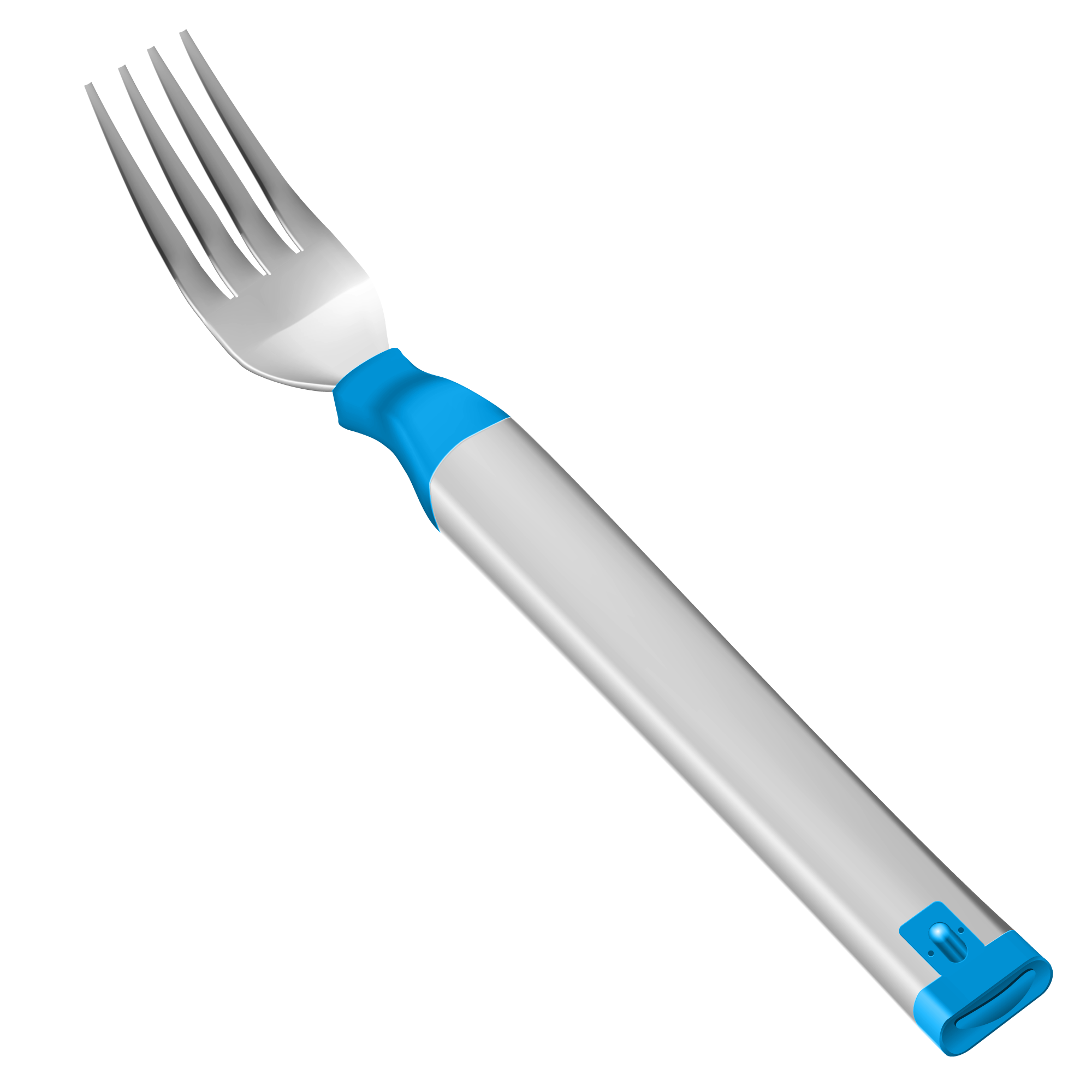As of 2015, the United States uses 322 billion gallons of water per day, according to the U.S. Geological Survey. These gallons of water aren’t simply depleted from washing dishes or taking a shower. Most individuals have a hidden water footprint that contributes to the increased usage of Earth’s vital H2O. Whether it’s everyday household items, trendy clothing, or the use of artificial intelligence (AI), the amount of water it takes to create a single item or perform a single task may be shocking.
Blue Jeans
Regardless if they’re straight leg, acid-wash, or mom jeans, according to the UN Environment Programme, making one pair of jeans takes around 3,781 liters of water. The large amount of water needed to grow the cotton and manufacture the product has left the denim industry known as one of the biggest water guzzlers. When a pair of jeans is being created it goes through four main stages: cutting, sewing, laundry, and finishing. The laundry process is what is usually the most water-consuming. A project led by Brazilian denim specialist Vicunha found that around 362 liters of water are used during the laundry process, and a single pair of jeans will see 460 liters of water solely from being washed by a consumer before it’s retired.
Paper
The average office worker uses 10,000 sheets of copy paper each year. The amount of water it takes to transport and wash the pulp used to make a crisp sheet of paper makes a bigger impact that some might suspect. The University of Illinois Urbana-Champaign has found that it takes nearly 47 gallons of water to make a ream of paper. Reducing paper use would not only save water but also reduces greenhouse gases because it minimizes the loss of forests. 40 reams of paper is around the equivalent of about 1.5 acres of a pine forest absorbing carbon for a year.
Chocolate
A typical Hershey’s bar is 1.55 ounces of pure sweetness. However, it takes approximately 180 gallons of water to make it. According to California Cultured, the water used in producing chocolate begins with the cultivation of cocoa trees, which are highly water dependent. One third of the water used in the entire chocolate production process goes to transportation and storage of the cocoa. Innovative companies like California Cultured are working to eliminate the need for traditional agricultural practices associated with cacao cultivation by farming inside under controlled conditions.
Leather Shoes
The shoe industry is the world’s largest user of leather, according to Is It Leather? Whether it’s a pair of combat boots or oxfords, a single pair of leather shoes can need up to 2,113 gallons of water to be created, according to the Water Footprint Network. While the actual creation of the shoes may not be the most demanding of water, The China Water Risk found 91% of the water used during the leather process actually comes from raising the cattle. The total water footprint of raising cattle for leather is 17,100 liters of water per kilogram of leather meaning one pair of leather boots uses enough water for a person to drink for 17 years.
Artificial Intelligence(AI)
University of Illinois Urbana-Champaign has estimated that there are around 11,000 data centers around the world. This surplus in data centers reflects the large increase in computational demands for AI. These data centers use water for a variety of reasons including cooling, electricity generation, and microchips. Because of AI’s inflated popularity, research has projected the global AI demand will account for 4.2 to 6.6 billion cubic meters of water withdrawal in 2027. That’s more than the total annual withdrawal of Denmark or half of the United Kingdom.
Sources: California Cultured, Is It Leather?, UN Environment Programme, U.S. Geological Survey, The China Water Risk, The University of Illinois Urbana-Champaign, University of California, Riverside, Vicunha, Water Footprint Network


